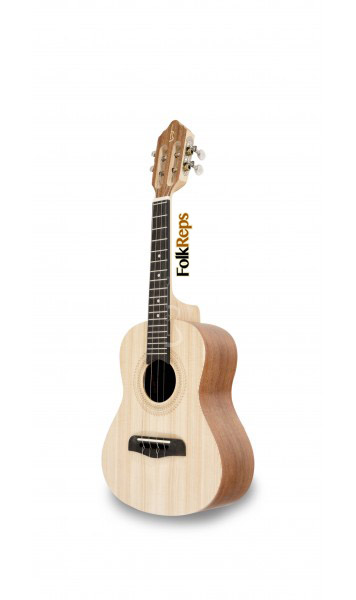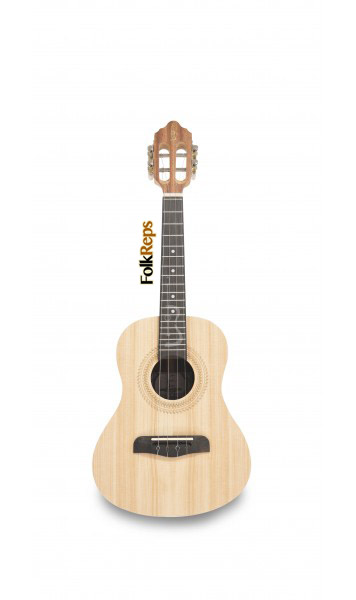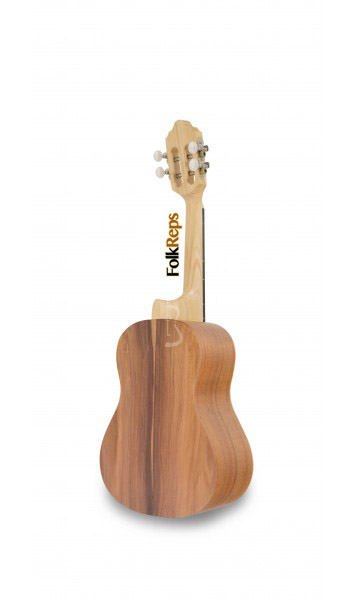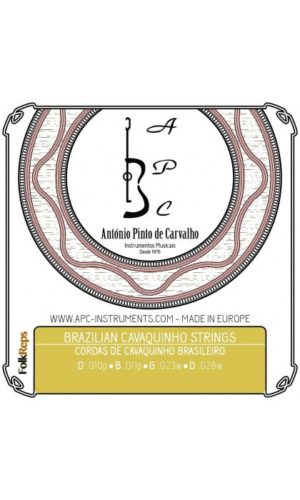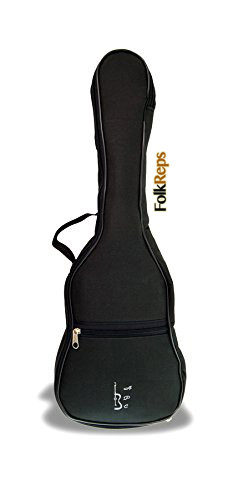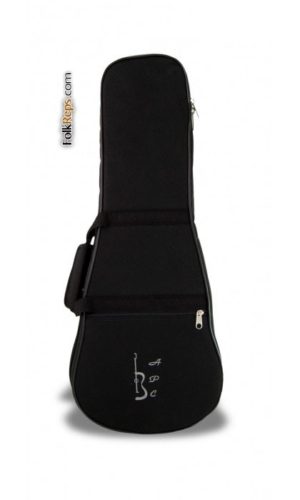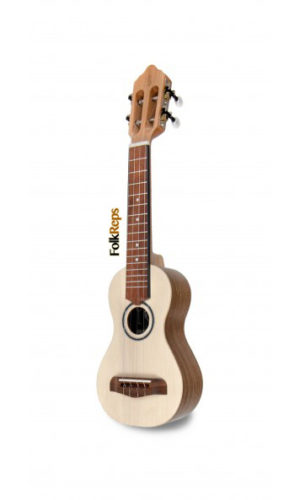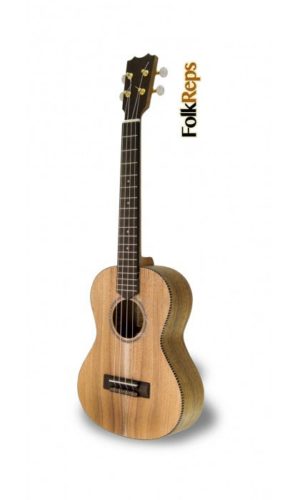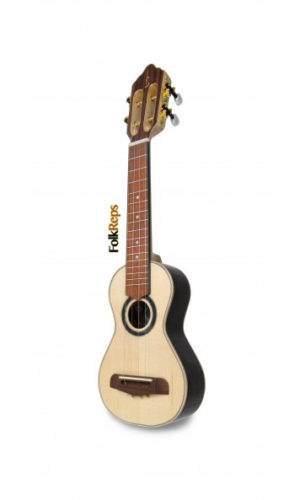Description
The Brazilian Cavaquinho is usually tuned in D-G-B-D, a G-major chord. The Madeiran rajão is tuned D-G-C-E-A, in other words. the D and G strings are both re-entrant, i.e., tuned an octave higher than expected in the normal low-to high course of strings. The GCEA strings of the rajão are the source of the re-entrant tuning of the modern ukulele. This Brazilian type differs from the Minho’s one, by its bent soundboard, seventeen fret wires and an open sound hole similar to the Lisbon instrument, but with smaller total dimensions. Its mostly known tune follows the Madeira and Minho technique with a C-major reverse position, but there are other usual tune options. Oneyda Alvarenga, Mário de Andrade, Renato de Almeida and other Brazilian authors refer to the Portuguese roots of the local cavaquinho and Câmara Cascudo specially writes about the importance of Madeira island in this particular subject. Generally, we can say that the old type of flat soundboard with twelve fret wires corresponds the mostly traditional instrument of Minho (with early Coimbra’s origins) played rasgado. Another link exists between the urban and bourgeois instruments of Lisbon, Algarve and Madeira island – played pontilhado and having a bent soundboard and seventeen fret wires – eventually influenced by the violão, guitar or mandolin. Despite its popular character, the Brazilian cavaquinho belongs to this second type being mainly used by urban popular social class.

